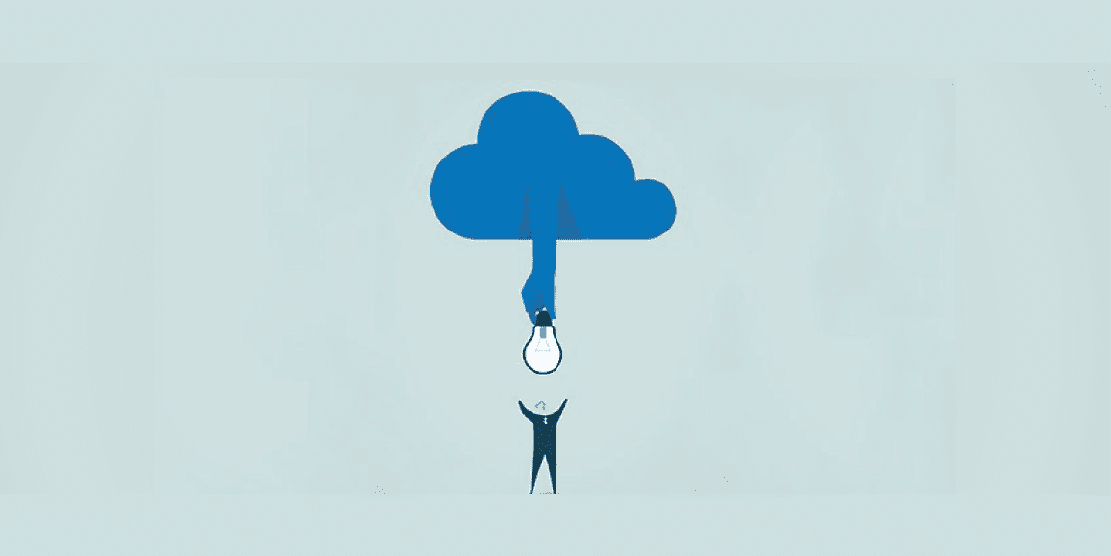Innovative Uses for the Cloud
Keiran Mott covers the innovative uses for the cloud.

20
February
2018
20 February, 2018
Cloud technology represents the democratising of access to technology and data like Machine Learning, Artificial Intelligence, Data Visualisation, and Microservices for organisations and companies. Due to Cloud subscription models, where charges are based on usage rather than physical infrastructure, more organisations and individuals than ever have access to these next generation platforms. The applications emerging because of developments in cloud computing are exciting, but so are the platforms that they are built on allowing organisations and people to continue to innovate and create on them.
Cloud-Based Power Management
A combination of Internet of Things and Big Data Analysis is fueling intelligent solar usage. Australia’s Evergreen is using cloud services to maximise the value of solar power for households. Electricity prices, either renewable or non-renewable, depend on the time of day. Prices are highest in the evening due to high demand. Usually, households with solar power don’t immediately need energy generated in the middle of the day, and sell it back to power companies at low prices, who then sell it at higher prices when demand peaks.
Evergreen addresses this by using technology empowered by Microsoft’s Azure platform. Using machine learning to determine when the household is most likely to use the most amount of energy, and adjusts power usage to make it as efficient as possible. For example, recharging the battery late at night to store and use power the next day, or checking weather forecasts to predict solar energy yields over the week. Machine learning also monitors the conditions of the components, like batteries and solar panels, to ensure they’re working as intended. Overall, the intelligent use of data can make energy users 20% more efficient.
Flying In the Cloud
Rolls Royce has two roles in the air – building the 13,000 engines in service, and maintaining them. In the fine margins of the aircraft business, where small downtimes and delays cause major expenses, and fuel accounts for 20% of airline costs, finding a 1% efficiency can save significant amounts of money.
Rolls Royce fit all engines with thousands of sensors, then use Azure to analyse that data and improve performance. In one example, fuel pumps have a “soft life” – a point at which it’s recommended to remove them for maintenance based on how long they have been in service. However, using analytics, Rolls Royce can compare the fuel pump’s performance to others in the past. If the pump is performing well, they delay the maintenance and save on aircraft down time. If not, the pump can be serviced early, making the engines safer.
This system takes advantage of Cortana intelligence and HDinsight to process the terabytes of data that can come from large aircraft fleets. This data is used in real time to inform aircraft engineers and pilots on the operation of the aircraft. Combining the data collected by the engines, weather conditions, weight of the aircraft etc. provides a powerful analytical tool that result in the efficient running of the aircraft and hopefully cheaper flights. Rolls Royce’s use of Azure will enable it to continue to use the latest technology to keep the fleet flying efficiently and safely.
AI Health Assistants
The Department of Human Services is rolling out four artificial intelligence solutions to transform the way it interacts with citizens. AI bots trained and refined using machine learning are meeting citizen demand for 24-hour responsiveness and accessibility for languages and ability. The first is Oliver, a natural language interface that cuts down the time spent filling out forms. By answering questions in conversation, users only need to answer 10-15 questions for a form, instead of 150.
Then there is ‘Roxy’ – a bot trained to understand social welfare law and provide advice to individuals on relevant sections and benefits they’re entitled to. ‘George’, employs sentiment analysis to monitor speech in service centres. If it detects anger, it alerts security. It’s language expertise also extends to translation handling 200 languages that questions and requests could be expressed in.
‘Nadia’, their most advanced AI is designed for the National Disability Insurance Scheme (NDIS). Nadia guides people through service options and answers chat questions using a natural language interface. The public launch for ‘Nadia’ is planned for 2018, and one can expect to encounter bots more and more in daily life as the innovation continues.
Remote Government
Cloud is influencing more government processes than citizen interaction, with broad initiatives to transform services and spur efficiency. As part of the ACT Digital Strategy, released in 2016, the government notes that “massive scale and resource sharing has driven a radical price point shift.” Now, services are far cheaper than on-premise infrastructure. In one example, the Health Directorate found that an Azure implementation for a data warehouse would be hundreds of thousands of dollars a year cheaper than building on internally hosted infrastructure.
The most radical and innovative of cloud adopters for government, Estonia, has been uploading data to Azure cloud servers off-site and in different countries in response to territorial threats. The Estonian government is taking advantage of cloud servers to store essential data, backing up state records and functions. Ideally, the state can be run remotely if need be. This vision of the remote state leads the way for disaster recovery, both natural and man-made. As records become further digitised, remote back-up solutions could be the way to guarantee the safety of data.
These cloud uses are, as of now, some of the most nuanced and innovative. Cutting edge technology like Microservices, Machine Learning, Data Analysis and Visualisation, is now available without masses of capital expenditure. That means that, most likely, the most exciting cloud solutions are yet to come.
